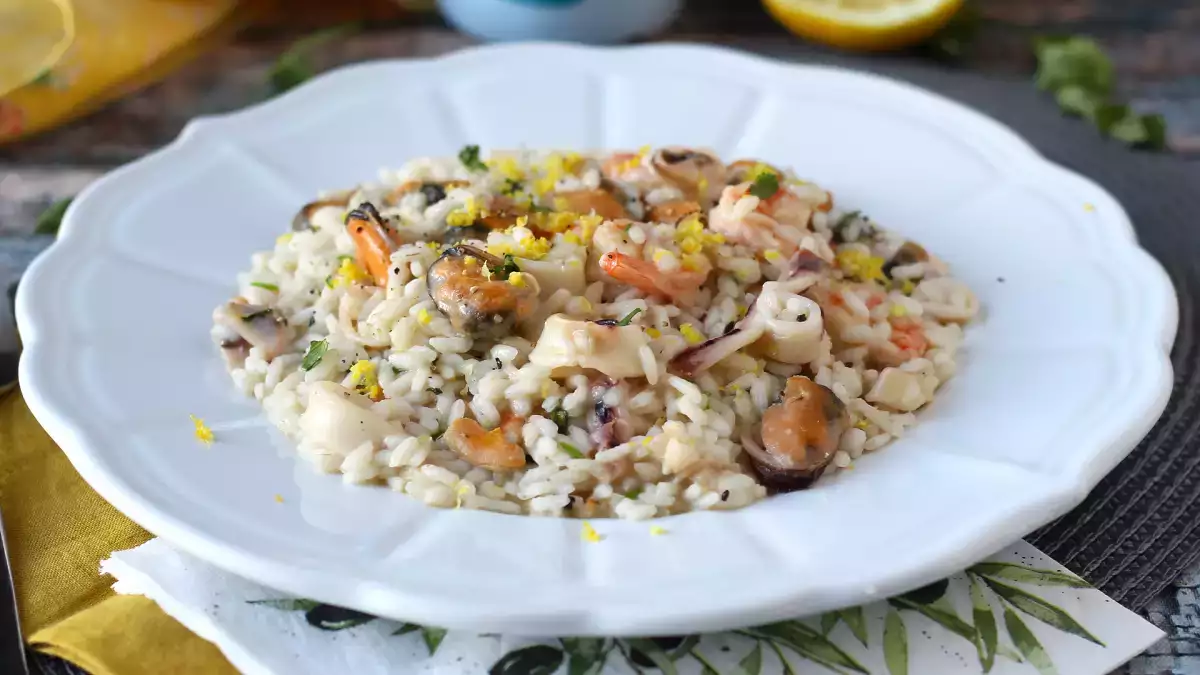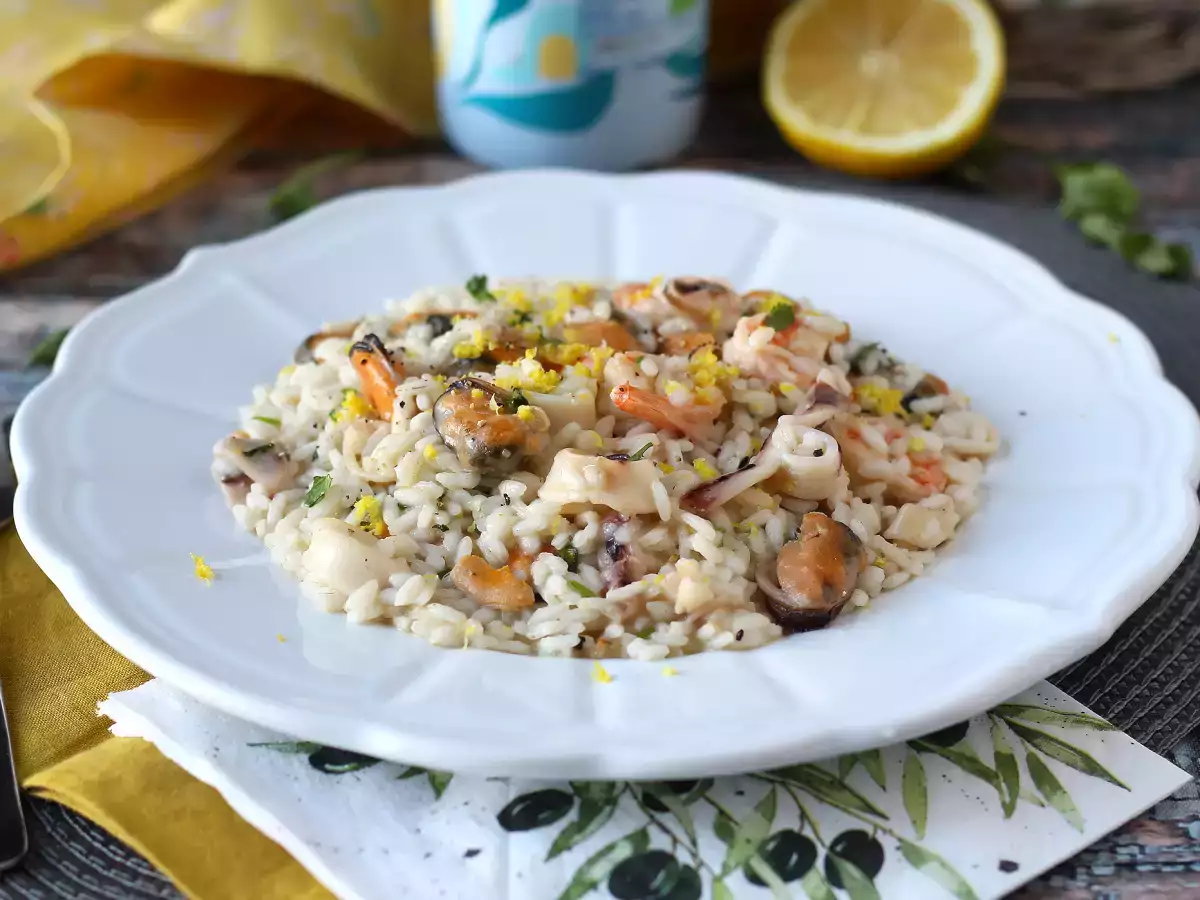Why is the roasting of rice the secret that changes every risotto?

Risotto is a mainstay of Italian cuisine, where technique and ingredients make all the difference. But there is one often overlooked step that can turn a good dish into a perfect risotto: toasting the rice.
Toasting the rice before shading is essential to achieve well-separated grains, even cooking and that irresistible creaminess, without resorting to cream. In this article you'll find out why toasting is so important, how to do it right, what mistakes to avoid, and which rice varieties bring it out best.
What is rice roasting?
Roasting the rice is the crucial first step in the preparation of risotto. It consists of heating the grains for a few minutes before deglazing with wine, to seal their starch and prepare them for even cooking. It can be done in two ways: in fat (such as oil or butter), often together with onion or shallots, or dry, putting the rice directly into the hot pan without seasoning.
Why is rice roasting critical for perfect risotto?
1. Seals the starch within the grain
Roasting locks the starch into the rice, preventing it from dispersing immediately into the broth and ensuring a gradual release during cooking.
2. Ensures even cooking
Roasted rice absorbs liquids consistently, cooking evenly from the first grain to the last.
3. Avoids the "mush" effect
Without roasting, the grains tend to flake, giving the risotto a soft and unappealing texture.
4. Promotes the natural creaminess of risotto
By releasing starch in a controlled manner, roasting helps achieve the typical creaminess of risotto, without the need for cream or thickeners.
5. Gives a unique aroma
Especially if it occurs dry in the first few seconds, roasting releases a delicate aroma of hazelnut or toasted bread, which enriches the dish.
How to properly toast rice?
To get the full benefits of roasting, it is important to follow a few technical tricks:
- Choose a thick-bottomed saucepan: avoid pans that are too thin: they distribute the heat poorly and you risk burning the rice.
- Heat the bottom well: it should already be hot (without smoking!) before adding the rice.
- Toast for 2-3 minutes: turn often, until the grains become translucent and slightly "vitrified."
- Listen and smell: the rice will begin to "crackle" slightly and give off a faint, cereal- or hazelnut-like scent.
- Add wine or broth immediately afterwards: toasting stops with the nuance: usually add dry white wine and then continue with hot broth.
Common roasting mistakes (to avoid!)
Even an act as simple as toasting rice can hide pitfalls. Here's what not to do:
- Toast it over too high a heat: you risk burning it outside and leaving it raw inside.
- Toast it too long: the grains become hard and don't absorb the broth well.
- Toast it in unsuitable pots: such as nonstick pans that are too light.
- Use too much fat: it smothers the roasting and covers the flavors.
3 chef's tricks for perfect roasting
- Toast "dry" for first 30 seconds, then add fat.
- Deglaze casserole with cold wine, to stop roasting abruptly.
- Toast also with chopped onion, to add background flavors (careful not to burn it!).
Practice what you've learned about roasting
Now that you know all the secrets to perfect rice roasting, it's time to put them into practice with this delicious seafood risotto. Try it at home and tell us in the comments how it turned out-your risotto will be truly chef-like!
 Daniele Mainieri
Daniele Mainieri
Comments